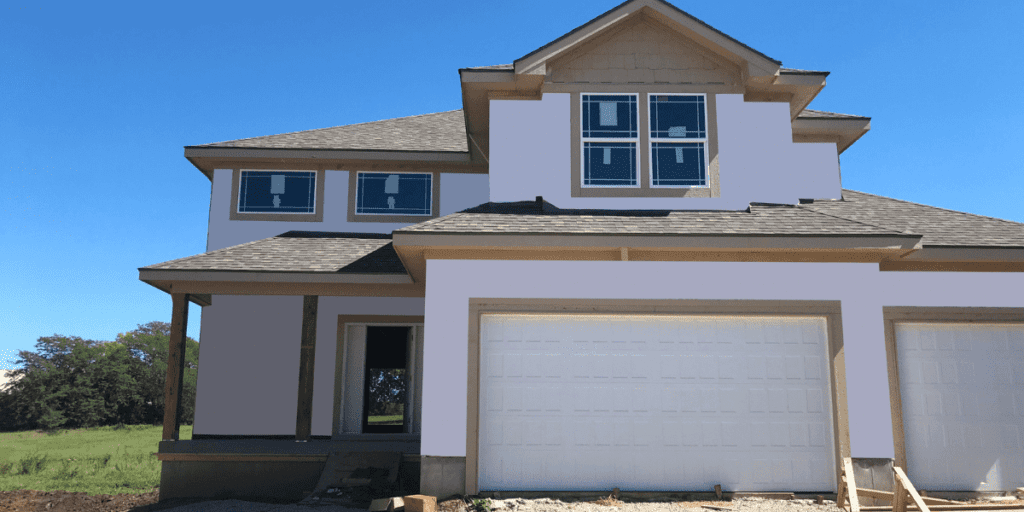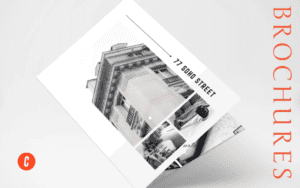you + sharing it = us as best friends
Thank you for reading this post, don't forget to subscribe!Have you ever passed by a house under construction and noticed the wrap around it? Which is called house rap. There are many benefits associated with house wrap, and most new construction today includes it.
However, you may be wondering,what is house rap, And why is it used? If you’re considering building a house, read on to learn about the benefits associated with house wrap and how long it will last.
Connected: The parts of a house everyone should know.
What is house rap?
House wraps are made of synthetic and lightweight material. House wrap goes behind the house siding and over the sheathing. A home’s siding is the first line of defense against air leaks and water. The second line of defense is house wrap. This backup barrier keeps water away from the home’s framing and structural sheathing. It also prevents air leakage from passing through wall cavities.
What is house wrap used for?
House wrap forms a protective envelope around the house. It forms a moisture and air barrier to prevent air and moisture from entering the wall cavities. In addition, it is a weatherization membrane that can protect your home from damage.
What is house wrap made of?
House wrap is a lightweight material made from synthetic materials. It has replaced asphalt-treated paper and is installed above the sheathing but behind the siding. House wrap material is thin but flexible. This construction allows it to serve as a weather-resistant barrier that prevents rain from getting into the wall while allowing water vapor permeability. There are different types of house wrap available depending on how the builder constructed your home and what climate you live in.
Is Housewrap Really Necessary?
The water resistance functionality of the house wrap is essential. If you live in a humid climate that receives a lot of rainfall, house wrap is essential because it can prevent damage caused by water entering the home. There are many benefits associated with house wrap that emphasize how important and valuable it is to your home construction. Although some contractors may not install house wrap, most do these days.
benefits of house wrap
There are many benefits of applying house wrap. For one, it helps build a more energy efficient home. This can help you save money on your heating and cooling bills. A house wrap also creates a healthier, more comfortable indoor space. If moisture accumulates in home wall cavities, it can cause wood to rot or mold to build up. This would be an expensive issue to correct later. Proper installation of house wrap can help avoid such headaches.
Another advantage of house wrap is that it provides some insulating value. It can also improve the efficiency of the HVAC system. House wrap doesn’t replace good insulation, but it can serve as an extra level of protection.
Effectively installing house wrap will eliminate air leaks. If uncontrolled air leaks occur, the effective R value of the home is reduced. A wall’s effective R value measures its resistance to air flow. This means that the lower the value, the greater the chance of air infiltration through the wall. You don’t want air to enter your home.
Connected: Types Of Exterior House Stone: Which One To Get?
To enjoy the benefits of house wrap it must be properly installed. The manufacturer’s installation instructions should be followed and only recommended seals and fasteners should be used. Here are some house wrap installation tips. House wrap should be applied in front of doors and windows. Installation starts from the bottom and works its way up. House wrap should extend two inches or more over the top of the footing.
Special tape provided by the manufacturer should be used to seal the seams. In addition, nails and staples designed to hold house wrap must be used. A protective rain screen can also be installed to help control the movement of moisture. Finally, make sure the house wrap is properly installed between the double top wall plates.
When properly installed, there are many benefits to having house wrap.
What Happens If You Don’t Use House Wrap?
While house wrap is considered a requirement by most contractors and housing authorities, some contractors do not think that house wrap is necessary. If you don’t use house wrap, you run the risk of water ingress or cold air getting into the wall cavity. This can also lead to poor energy efficiency or mold or rot.
House wrap is an adequate barrier that provides energy efficiency and acts as a moisture barrier. This is important for your health, the integrity of the structure, and your pocketbook. Although your local building codes may not require house wrap installation, the benefits outweigh the costs. House wrap barriers install easily under exterior siding and provide significant benefits.
Why do they wrap new houses?
New homes are wrapped to provide the benefits discussed earlier. Controlling the movement of moisture is important to prevent mold growth. New homes are increasingly focused on energy efficiency, and home wrapping is one way to improve a home’s energy efficiency and create a comfortable indoor environment.
You can also use both house wrap and foam insulation to protect your home. For example, let’s say your home uses “picture frame” window construction, meaning that the window strapping is framed with lumber before the windows are installed. In that case, some contractors will recommend applying rigid foam before house wrap. Both foam insulation and house wrap prevent air leakage and infiltration, so either order is acceptable.
New homes are wrapped because there is an opportunity for water to penetrate regardless of the type of siding. Wood siding benefits significantly from this type of barrier because there are many seams where the boards overlap. Every seam is an opportunity for water or air to get inside. Similarly, aluminum and vinyl siding also tend to have cracks where the pieces are joined together. Once again, this is an easy way for water to enter the wall cavities of the house.
Homes that have brick, stucco or other masonry-based siding can also benefit from house wrap. However, the correct type has to be used. If you use micro-porous house wrap, moisture can actually accumulate in wall cavities behind the masonry. That’s why it’s essential to work with construction professionals who know exactly what type of house wrap is needed for your home and will follow the manufacturer’s installation instructions so that you don’t end up outdoors using the wrong type of house wrap. Don’t create more problems. ,
How long does the home wrap last?
House wrap goes under the house’s siding, regardless of the type of siding material used. Because of this, house wrap should last almost as long as your home. This is great news because you can install house wrap once and never worry about it again.
If it’s installed correctly, there’s no need to replace house wrap unless your home has suffered a fire or other type of structural damage. The main factors affecting the durability of a house’s covering occur before the siding is installed. There are different types of house wraps that are rated by how well they handle UV exposure, their tensile strength, and their resistance. Therefore, it is important that the siding be installed according to the time limit for how much UV exposure the wrap can handle.
How much does it cost to wrap and edge a house?
The cost to install house wrap and siding will vary depending on the size of your home. It usually costs less than $1 per square foot to install house wrap. The cost of siding can vary greatly depending on the material selected. For example, vinyl siding will be much cheaper than brick siding.
What’s the point of Tyvek?
Tyvek is one of the most popular brands of house wrap. Tyvek is considered the original house wrap and is still one of the best on the market. The product uses a unique, non-woven structure to make it breathable. Such a design allows moisture to effectively pass through it. This enables Tyvek to provide the structural, safety and energy benefits discussed above. The product also comes with a 10-year limited warranty from its manufacturer, DuPont.
you + sharing it = us as best friends








